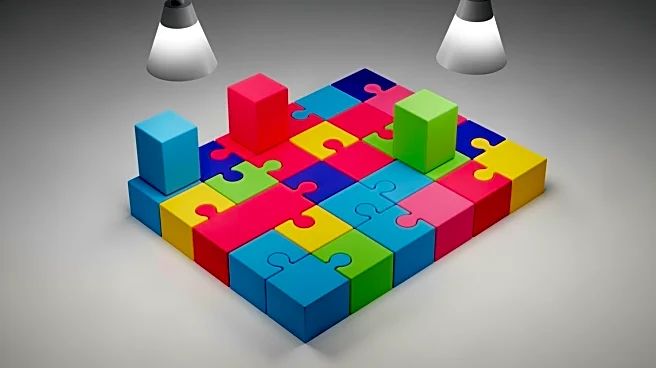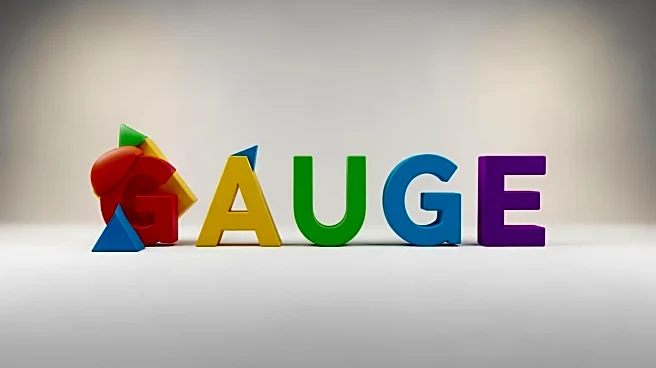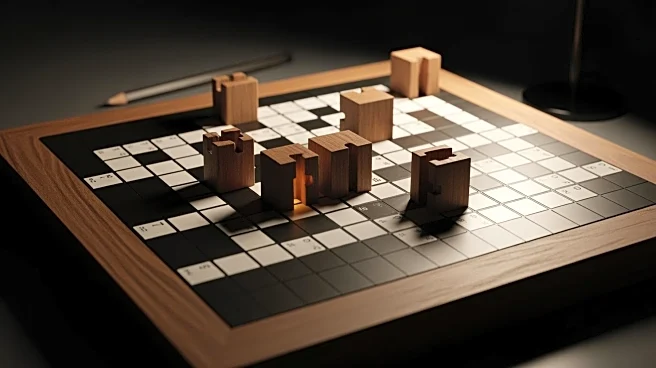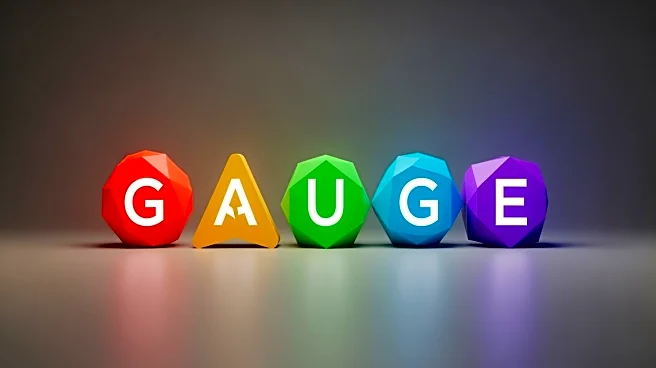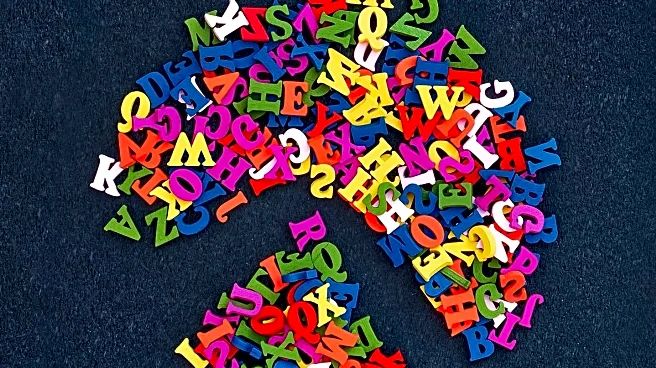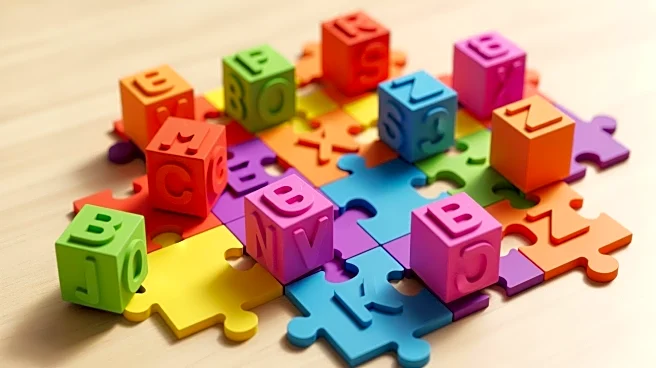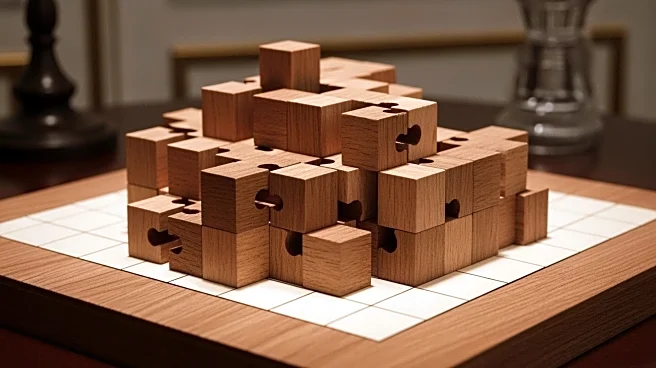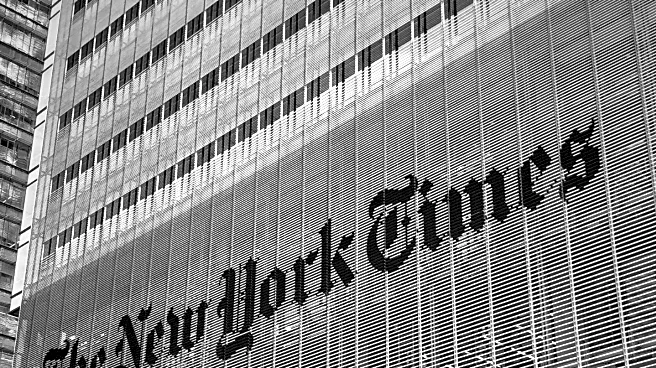What's Happening?
The New York Times Connections puzzle for October 26, 2025, presents players with a challenge to identify thematic connections among groups of words. The puzzle, which first launched in June 2023, requires
participants to categorize four groups of four words each, without exceeding four mistakes. Today's puzzle, numbered #868, includes categories such as music makers, words from a famous Muhammad Ali quote, types of contests, and words with diminutive suffixes. The puzzle encourages players to think critically about language and themes, offering hints like 'The Greatest' and 'Smaller versions' to guide them in solving the puzzle.
Why It's Important?
The NYT Connections puzzle is significant as it promotes cognitive engagement and linguistic exploration among its players. By challenging individuals to discern connections between seemingly disparate words, the puzzle enhances vocabulary and comprehension skills. It also serves as a cultural touchstone, referencing iconic figures like Muhammad Ali, thereby enriching participants' understanding of historical and cultural contexts. The puzzle's popularity reflects a growing interest in word games that combine entertainment with educational value, appealing to a diverse audience seeking mental stimulation.
What's Next?
As the NYT Connections puzzle continues to gain traction, it may inspire similar games that focus on language and thematic connections. The New York Times might expand its puzzle offerings, incorporating more complex themes or interactive elements to engage players further. Additionally, the puzzle could foster community discussions and collaborations, as players share strategies and insights online. This could lead to a broader cultural appreciation for word games and their role in enhancing cognitive skills.
Beyond the Headlines
The NYT Connections puzzle highlights the intersection of language, culture, and entertainment. It underscores the importance of linguistic diversity and the power of words to convey complex ideas and emotions. By referencing cultural icons and historical quotes, the puzzle fosters a deeper appreciation for the nuances of language and its impact on society. This engagement with language can lead to increased cultural literacy and a more informed public.
